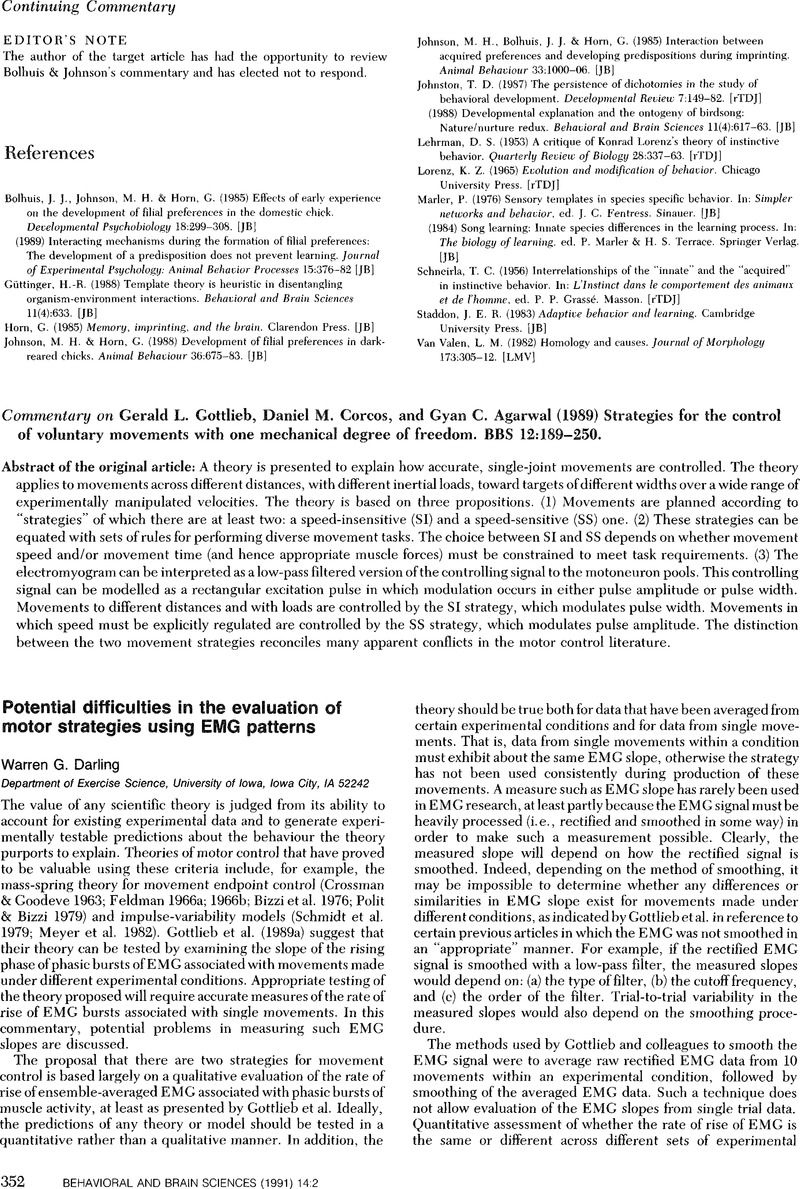Crossref Citations
This article has been cited by the following publications. This list is generated based on data provided by Crossref.
Yoon, R.S.
Borrett, D.S.
and
Kwan, H.C.
1995.
Three-dimensional object recognition using a recurrent attractor neural network.
Vol. 1,
Issue. ,
p.
379.





